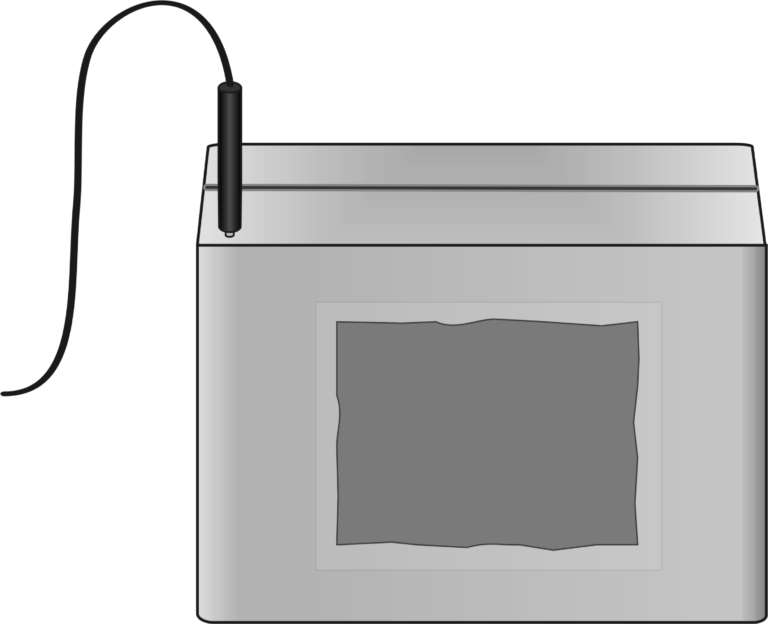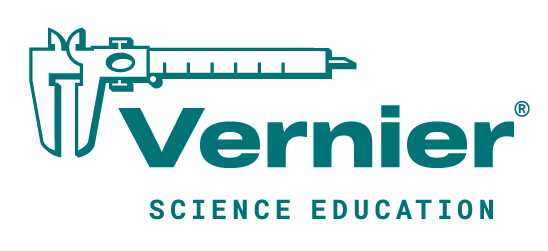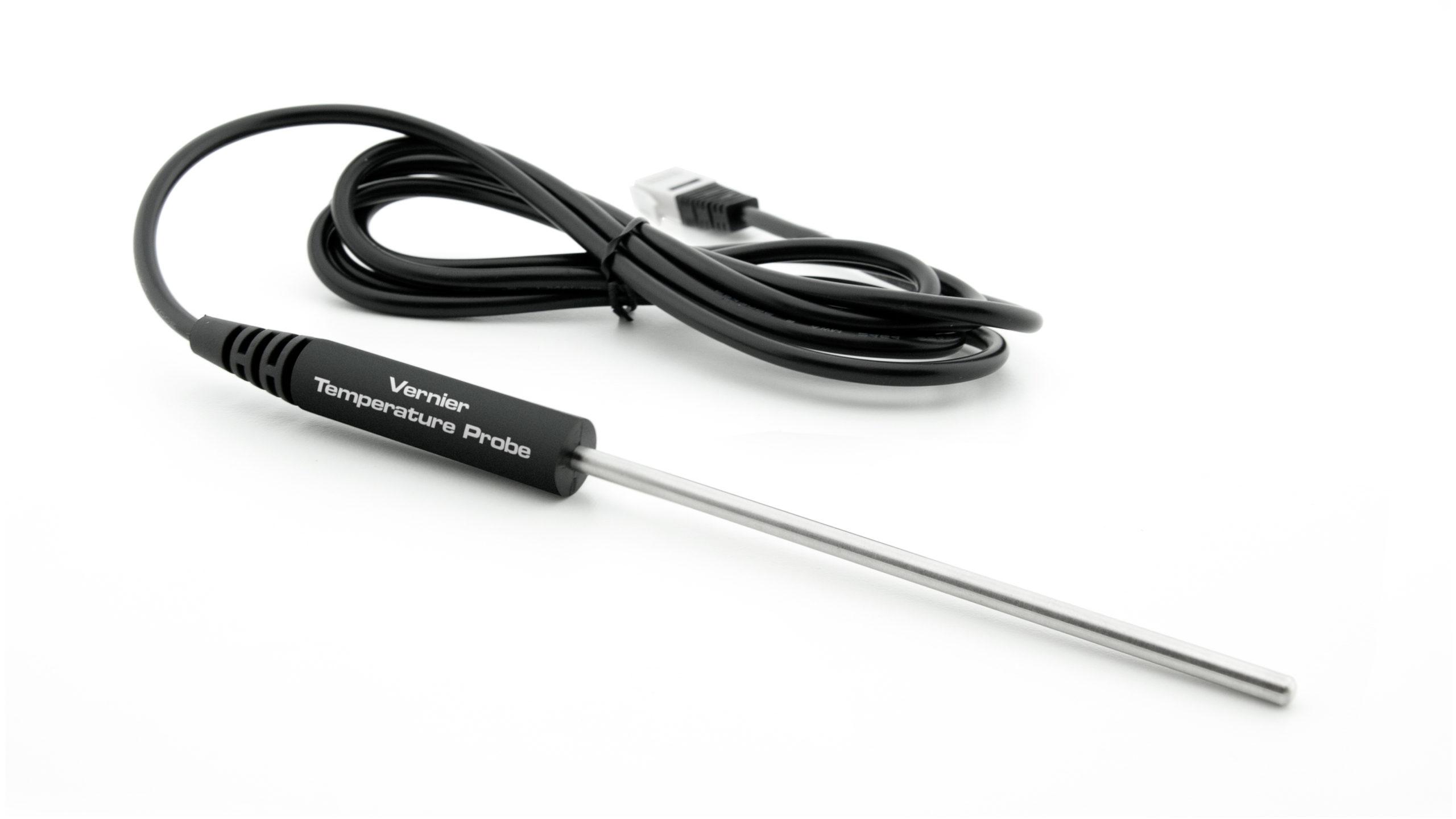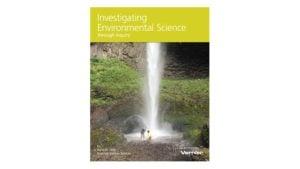Investigation of Passive Solar Heating
Experiment #30 from Investigating Environmental Science through Inquiry
- Subject
- Environmental Science

Introduction
Alternative energy sources are energy sources other than the nonrenewable fossil fuels—coal, petroleum, and natural gas. Solar energy, or energy from the sun is one energy alternative. In passive solar heating, the sun’s energy is used to heat buildings without the use of pumps or fans to distribute the collected heat. Certain design features can be used to warm buildings and retain heat in the winter and help them to remain cool in the summer. In this experiment, you will be investigating design features that retain heat.
Objectives
In the Preliminary Activity, you will monitor temperature and determine the cooling rate of a model solar house that has been heated by a lamp representing the sun.
After completing the Preliminary Activity, you will first use reference sources to find out more about passive solar heating before you choose and investigate a researchable question dealing with heat retention in solar houses.
After completing the Preliminary Activity, you will use the class research results as you alter the model house in preparation for a contest to see which group can produce the best modified model solar house, as determined by the lowest cooling rate.
Sensors and Equipment
This experiment features the following sensors and equipment. Additional equipment may be required.
Ready to Experiment?
Ask an Expert
Get answers to your questions about how to teach this experiment with our support team.
- Call toll-free: 888-837-6437
- Chat with Us
- Email support@vernier.com
Purchase the Lab Book
This experiment is #30 of Investigating Environmental Science through Inquiry. The experiment in the book includes student instructions as well as instructor information for set up, helpful hints, and sample graphs and data.


